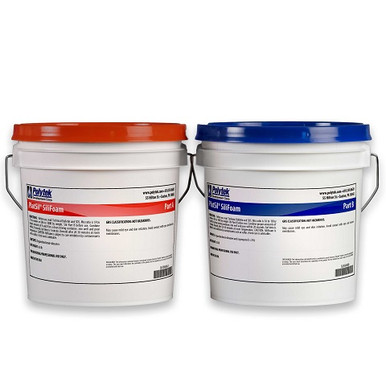animator
Sr Member
I am also having a small bit of brain trauma over this LOL...i understand the concept of a 2 part mold...foaming the face and back seperatly....then what is a good adhesive to put the two together to make a core?....and is there a way possible to get the foam to "shrink" a little as the one inch clay layer between the foam core and the mothermold negative seems to be a bit too thick for the silicone to set into....maybe I am looking at this too logistically? Seems the head itself would be a bit bigger than normal? Also is 10NV a good silicone to use for things like masks/head props?
Hi birddog316! I'm going to make a few suggestions which have been very helpful for me in trying to learn.
SmoothOn has a customer service phone line or email you can use to ask the company questions about the best product for specific projects. They have been great in helping me pick the right options for what I am doing and can explain the pros/cons of different products. This has saved me a lot of frustration, time and money.
The Stan Winston School of Character Arts has online course videos you can purchase or watch with a subscription. There is a recent 3 video series covering Silicone mask molding and casting that is fantastic. There are also courses on platinum silicone painting and patching that were very helpful to me. I really appreciate how these videos take you through the process in real time so you can see how skilled people actually do the work rather than people just describing how they did something.













